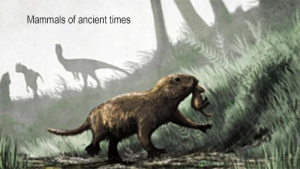
66 million years ago, an asteroid hit the earth, causing 75% (or more) of the world’s species, including dinosaurs, to disappear from the earth at that time. This is called the “Cretaceous-Paleogene extinction event” or “K-Pg Extinct”. So, who are the other 25% of survivors? How did they escape the catastrophe?

The multiple ways of death provided by the mass extinction
When a huge asteroid hits the earth, everything that happens is beyond all human imagination. The energy released by this missile when it hits the earth is 1 billion times that of the atomic bombs that hit Hiroshima and Nagasaki, Japan, and the cascading effect produced makes life almost impossible to survive.
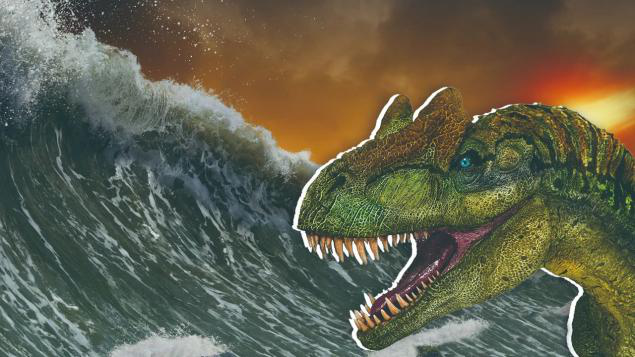
If you happen to stay where you can see the impact, you will die at the moment of the impact; maybe you are far from the scene of the crime, then the next earthquake will kill you on the ground, the earthquake caused by this impact It is as large as the sum of all the earthquakes that have occurred on the earth in the last 160 years; if you are still alive, a giant tsunami over 300 meters high will swallow you; if you are not dead, a windstorm speed of nearly 1000 km/h will throw you to the sky.
In fact, many creatures have survived in the initial series of disasters, but they will die in the aftermath of the disaster. The ash or debris from the impact obscured the sky, the sun disappeared, and the earth entered a dark winter with no daylight at all. After a few months passed, the sky was slightly brighter, but acid rain started, causing plants to wither and die, and animals have difficulty breathing. When all this gradually improved, the greenhouse gases released by the impact began to steam the earth again. Even if they are not destroyed by the drastically changing climate, survival resources become scarce under the disaster. The battle for resources and territory among animals is extremely fierce, and they face severe life and death duels every day.
Survivor of death
Even in such a violent disaster, there are still animals that have found a way and miraculously survived. Many creatures living on the earth today are descendants of survivors at that time. Let us see how animals opened their way to survival.
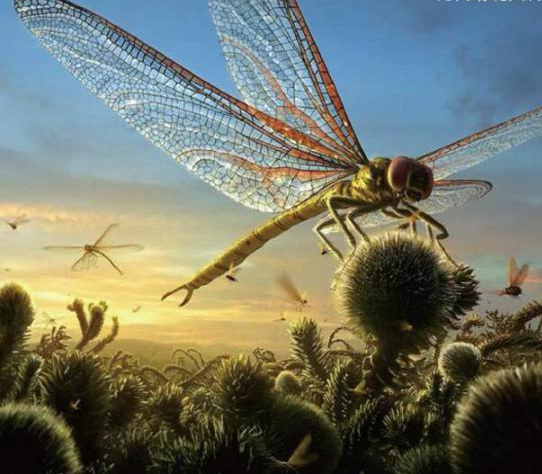
Reduce the size to avoid danger
Today’s dragonfly has a wingspan of about 15 cm wide, but more than 300 million years ago, the earliest dragonfly had a wingspan of 70 cm. In the oxygen-rich wetland environment of the Cretaceous, a large dragonfly can help the body absorb enough oxygen. However, when the mass extinction occurred, the oxygen content of air and water became lower. In order to adapt to this change, dragonflies became smaller and smaller. It’s okay, the one who survives is the winner.
Survival depends on solitude
When survival resources are extremely scarce, platypus and crocodile lizards survive because their habitat is far from the main continent.
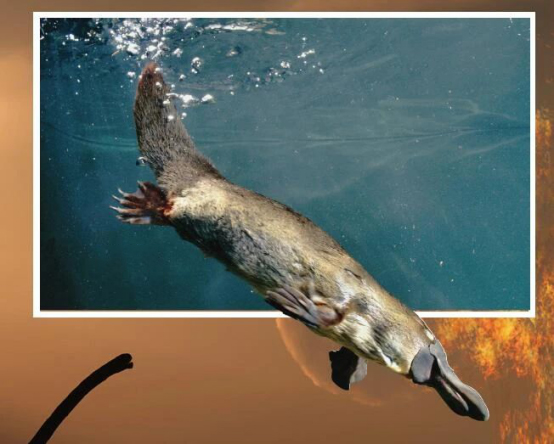
Platypus is a kind of oviparous mammal. When disaster strikes, many animals look for new living space. Australia is separated from the main continent by the sea. Platypus living here avoided competition and survived comfortably. The appearance of the platypus has hardly changed since the mass extinction, and it is a kind of “living fossil.”
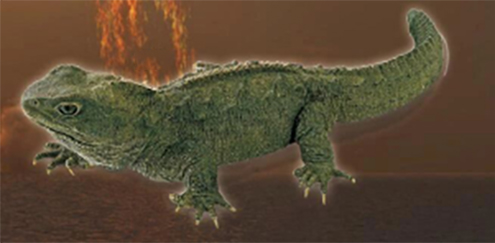
The crocodile lizard is as lucky as the platypus. The crocodile lizard is a green-brown reptile with a length of up to 80 cm and a life span of more than 100 years. They only live in New Zealand, and currently there are only two species left, a total of about 50,000. And 200 million years ago, the ancestors of the crocodile lizard spread all over the world, and in the end only the crocodile lizard of New Zealand survived.
The undead bug
Cockroaches are indestructible roaches who can’t be killed. They appeared on the earth 360 million years ago, and their stature is twice the size of current cockroaches. They can survive in a very harsh environment, and have super reproductive ability. On average, each female cockroach can give birth to about 150 larvae in a life course of about 180 days, and in extreme environments, even without males, females Can also lay eggs. Therefore, cockroaches have experienced several mass extinction events without any reduction, and they still live in groups by your side.
It’s important not to be picky eaters
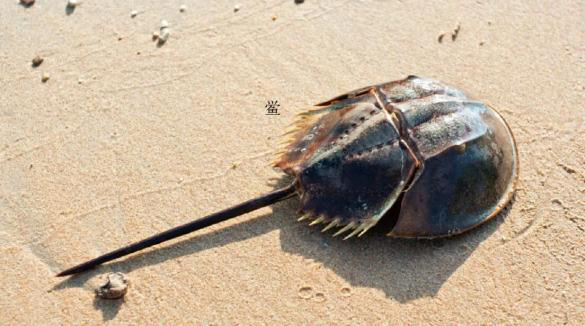
Horseshoe crab is another “living fossil” that has experienced at least four extinction events. Like scorpions and spiders, horseshoe crab is an arthropod, and its blood is blue. It can feed on almost any organic matter, which may be an important reason why it has not become extinct; at the same time, its blue blood will solidify when it encounters bacteria, which can help it fight bacterial infections.
No hurrying survive master in the water
Turtles and soft-shelled turtle are aquatic turtles that live in seawater and freshwater respectively. These two reptiles survived this mass extinction smoothly. Turtles have a slow metabolism, which allows them to survive even in an environment where food is scarce; when the weather is cold, they go to hibernation; when the weather is hot, they dig a hole in the mud to sleep in the summer.
Another important reason for the survival of aquatic turtles is that they live in the water. In fact, when the mass extinction occurred, nearly 90% of land animals, including terrestrial tortoises were extinct, while aquatic life, especially freshwater creatures, could almost live as usual. Marine species disappeared by half, and freshwater creatures only disappeared 10 %~22%. The water is like a protective cover, alleviating various impacts caused by the disaster.
Mammals hiding in holes
Mammals of the Cretaceous period were almost all small, mouse-like animals living in burrows and feeding on food residues from insects, tiny reptiles and large predators. The hole in the ground prevents them from being directly attacked by disasters. In the dark period caused by the disaster, the extinction of large animals such as dinosaurs left large vacancies in the ecosystem. Mammals took the opportunity to occupy these vacancies, multiply and evolve rapidly, and soon spread across the world and evolved into African elephants, polar bears, blue whales, etc.
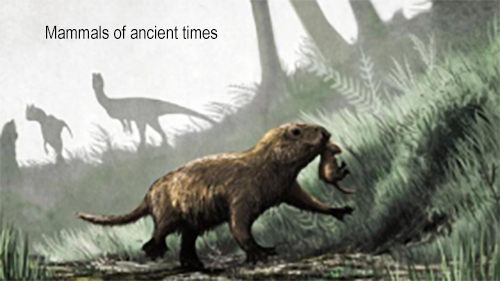
Studies have shown that the ancestors of all primates, including humans, have existed before the extinction of the dinosaurs, and survived this disaster, and eventually evolved into the current macaques and chimpanzees, Gorillas, and humans.
Why was fresh water safer than the ocean during the mass extinction?
The disaster caused a sharp drop in global temperature, freezing of water and reduced oxygen in the water. The marine environment has not usually changed so much, and marine life cannot adapt to this sudden change; but rivers and lakes in colder regions go through periods of glacial ice and oxygen depletion every year, freshwater organisms have evolved characteristics to adapt to these changes. At the same time, rivers and lakes are supplemented by constant temperature groundwater, which also reduces the temperature change of the water.
Comments